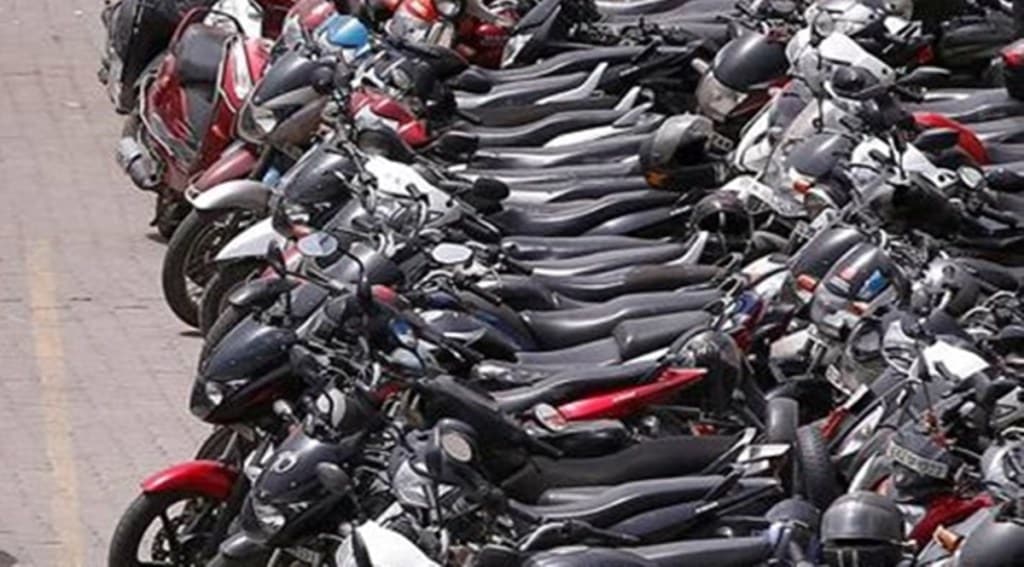Just before the fateful Russian invasion of Ukraine on February 24, most commentators believed the Indian economy was poised for a smart recovery. Three key insights underpinned this optimism: One, the private corporate sector balance sheets were fully repaired, with companies making healthy profits, accruing surpluses, and therefore, ready to invest. Two, financial sector balance sheets were restored too; especially public-sector banks were well-provisioned against residual bad assets, adequately capitalised, and ready to lend, while the NBFC segment had rebounded due to adequate liquidity and access to cheap funding. And three, exports, goods as well as services, had gained steady momentum. To top it all, the Centre budgeted an enticing capex plan for FY23. And if you still weren’t convinced, you only needed to look at the overflowing tax revenues, direct and indirect. It was as though the system was in “ready, steady, and wait” mode.
Yet, we did not see any sign of private investment bracing up. What were businesses waiting for? The spluttering private consumption to recover fully post-Covid. Consumer expenditure has been the mainstay, contributing more than 55% to India’s real GDP, and upholding it with a 7.2% annual average growth from FY14 to FY19. Aggregate consumption slowed suddenly in FY20 though, decelerating sharply to 5.2%. After a forced -6.0% contraction in FY21 due to Covid, it rebounded in FY22, and is estimated to be marginally higher, at 1.2% over its FY20 level.
This was where the needle was stuck. In spite of a booming stock market painting a long-term growth picture, businessmen appeared little convinced about the underlying demand revival. All were waiting for a much clearer picture to emerge before committing risk capital.
Have Indian businessmen turned more risk averse? It appears their scepticism about the strength and durability of recovery in private consumer demand has continued. To begin with, they simply couldn’t figure out the state of the business cycle for several years in a row: For example, corporates sales growth (in volume terms) was rather lukewarm in the cyclical upswing between FY14 and FY17 when GDP grew strongly; for instance, CMIE’s analysis indicated sale volumes of non-financial listed companies grew only 4.2% on quarterly average in this period when real GDP paced 7.5% on average in correspondence. Such weak correlation turned into deeper suspicion once consumer sentiments plunged in FY20, the flow of financial resources to commercial sector dried up, and GDP growth collapsed. For businessmen in post-IBC India, the margin for error had shrunk; unanticipated shocks such as this made them more vulnerable and quite sensitive to incoming data.
One such data making them sit up and take note was the falling sales of two-wheelers, mostly motorbikes. Sales nosedived in FY20—monthly average sales fell an astonishing 320,000, from 1.77 million per month on average to 1.45 million per month (see graphic). Many analysts linked this fall to the stretched balance sheets of households and the inability of NBFCs to access funds for extending loans. Covid worsened matters by dragging down monthly sales by another 200,000 in FY21.
However, it is the failure of two-wheeler sales to revive in FY22 that prompts grave concern. Rather, these have further tumbled, by more than 100,000 and to 1.12 million each month, a level seen 10 years ago, in FY12. In the last three years, it has acquired an “inverted v-shape”. This is alarming because unlike cars, motorbike manufacturing did not face much supply blockages, especially semiconductor chips, except perhaps in the low-volume, high-end models. The coincidence with a prolonged stretch of ultra-low, negative real interest rates also points to strained balance sheets and diminished borrowing capacities of households. The sales’ deterioration also stands out in the context of revenge-buying seen all over the world, and which was anticipated here as well. Inventory levels with dealers have been reported to be running at 60-90 days against the normal 25-30 days.
India has been the world’s largest market for motorbikes—an aspirational asset for millions of lower middle-class and the poor who saw a steady rise in incomes and expectations from FY04. The upward movement from a “bicycle-to-motorcycle” has been the most reliable evidence of economic progress made by the country.
Therefore, the “inverted v-shaped” contraction in their sales provokes doubts if a large segment of the population has lowered gears to “survival mode” from the previous “aspirational mode”? If true, this would be a signal of deep distress with far reaching consequences for economic recovery.
Why’s that? Because motorbike sales could be a good proxy for gauging the strength of household balance sheets at the lower income strata. It wasn’t about the performance of any individual sector or manufacturing activity, but a way to feel if there was still life in India’s consumption story. For example, the national accounts data led us to believe that growth in the agriculture sector was an exception during Covid. If indeed so, then why had rural motorbike sales crashed? Was it because higher input costs killed the profit margins of farmers? It could also reflect the weakness in non-farm incomes in rural parts as much as a decimation of the informal sector in smaller towns and cities from formalisation and Covid.
Some analysts upheld that the NBFC crisis was the primary reason underlying the plunge in sales in FY20. In that case, with the segment returning to normalcy and banks joining NBFCs in retail lending (e.g., co-lending), motorbike sales should have picked up in FY22. But these did not! The depression appears wide and deep, consistent with the circulating accounts of a “K-shape” recovery. For the doubting business people looking forward to opportunities for investments, this would be a clear signal to remain in “ready, steady, and wait” mode. With inflation rising we must worry if the “wait” will turn even longer!
The author is New Delhi-based macroeconomist


